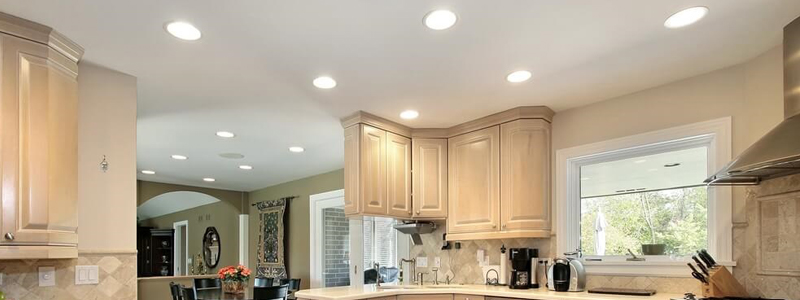Planning for Led Cabinet Lighting
Maybe you already have a perfect plan for your cabinet lighting installation. But you can take a look at our project plan.
Project planning can help you determine the lighting effects you need before you start construction or renovation. This not only helps you cover all the complex details of the light source (modular LED lamps and LED tape lamps) and electrical connections but also avoids additional costs, rework, or contractor requirements.
Follow these simple steps to create a cabinet lighting plan:
Step 1: Determine your needs and goals
We need to have a clear idea for a project. Before beginning, please note the following:
Consider your needs
First, think about the functional and aesthetic needs of your space. Is this a useful area such as a kitchen countertop or work area? Do you want to highlight a special design element, add warmth or make the space bigger? Some cabinet lighting The solutions combine work and accent lighting. For example, under-cabinet lighting simultaneously illuminates your kitchen workspace and a beautiful backdrop. Other options serve a single purpose, such as cabinet lighting that draws attention to complex architectural details.

Consider the big picture
Of course, it’s important to consider a single space first, but you also need to consider how the lighting plan works throughout the space. For example, a room with a lot of natural or ambient light may require a different solution than a windowless space. You will never forget the needs of day and night. A room with skylights and windows may be illuminated throughout the day, but needs accent lighting at night. You also need to consider the color temperature. Do you want to enjoy the warm and comfortable feeling in your own space or the cool energy of light? Either way, make sure that the color temperature matches the spatial function and other colors and design effects.
Consider installation
Once you have a plan, you need to consider whether to do it yourself or hire a professional. Depending on your skills, budget, comfort level and goals, this decision will affect your choice. If you are already seeking help for a room renovation or new construction, you can include cabinet lighting in the plan.
Step 2: Choose the appropriate cabinet lighting according to your needs
There are options from floor to ceiling, somewhere in between. Remember, if you are not sure which option is right for you, don't feel too overwhelmed. Your plan may include many solutions.
- Under cabinet lighting
Expand the available work space by illuminating multifunctional areas such as countertops, sinks and stoves. After dark, the lighting under the cabinets can act as a night light in the kitchen and at the same time create a relaxing atmosphere.
- Over cabinet lighting
Lighting up the open space between the top of the cabinet and the ceiling will add interest, especially when decorating or planting. It also enlarges the room visually, making the exterior look bigger.
- Under counter lighting
Hidden under-counter lighting can effectively illuminate the inside of the cabinet. It also sets off the architectural edge of the counter. If this is the option you want to consider, it may be wise to discuss hidden options with an electrical contractor or kitchen countertop expert.
- Inside cabinet lighting
By combining aesthetic and functional advantages, use it to highlight decorative tableware, artwork or antiques, or to make it easier to retrieve items in deeper cabinets or storage areas.
- Toekick lighting
The foot pedal lighting is correctly placed near the floor, giving the visual effect of a floating cabinet, defining the edge of the baseline and increasing the depth of the floor covering. It can also illuminate the sidewalk and prevent accidental tripping or bunting, thereby improving safety, especially at night.
- Near cabinet lighting
Under table/island lighting
Visually expand and bring your space to life by adding light under tables and islands.

Coves and tray ceiling lighting
Both cove and tray ceiling styles are architectural details worthy of attention. With a cove ceiling, a soft light draws the eye up, creating the illusion of added height. Tray ceilings benefit from a layered effect that adds visual interest.
Step 3: Select the device
After choosing the right cabinet lighting effect for your space, you need to choose the actual lamps to complete the job. If you are looking for suggestions, we have many.
- Under cabinets
LED lights under the cabinet
High-efficiency, long-lasting LEDs provide lower operating costs and minimal heat. These fixtures combine many components of the system into one-making it easy to install, and provide a huge light output and matching quality.
- Over cabinets
LED recessed lighting generally delivers more light and is easier to keep clean.
Step 4: Configure and install
If you ask for help, then your job is almost complete. If you are considering installing it yourself, you can contact us and send us an email consultation.
